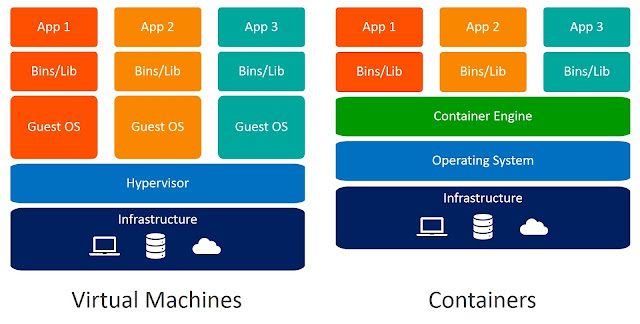What is Cloud Computing? A Cloud is a combination of services, network, hardware,storage and interfaces that helps delivering computing as a services. Types of Cloud 1.) Public Cloud: The set of Hardware, Networking, storage, services, applications and interfaces owned and operated by a third party for use by other companies or individual is the public cloud. 2.) Private Cloud: The set of Hardware, Networking, storage, services, applications and interfaces owned and operated by an organization for the use of its employees, partners or customers. 3.) Hybrid Cloud: Most company use a combination of Public and Private cloud. Types of Services 1.) IAAS(Infrastructure as a services): IAAS is the delivery of services , including an OS, storage, Network and various utility software element on a request basis. Example are: Google compute Engine, Amazon EC2, Microsoft Azure VM 2.) PAAS(Platform as a services): PAAS is a mechanism for combining infrastructure as a services with an abstract...






